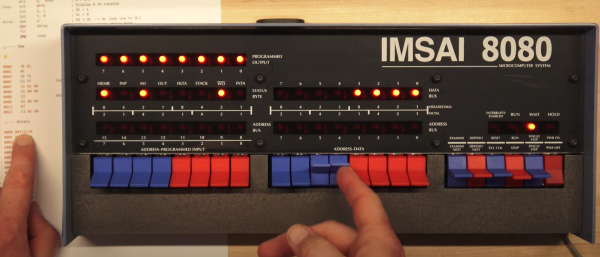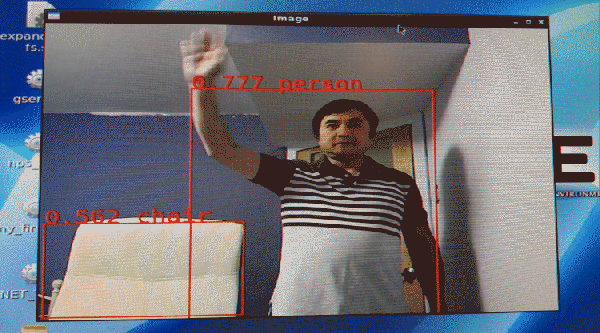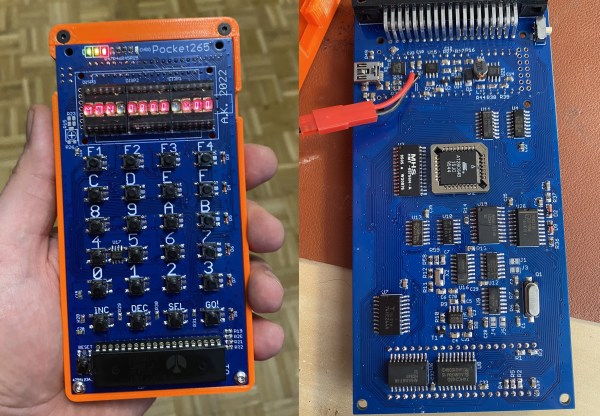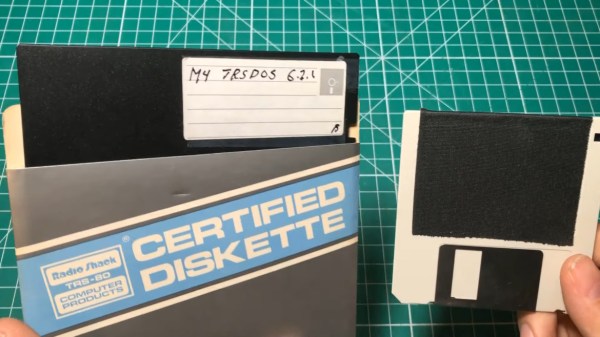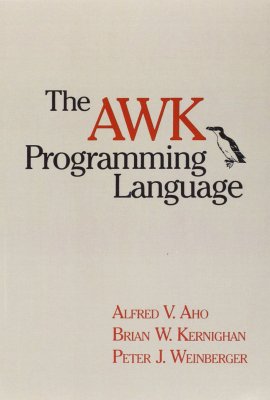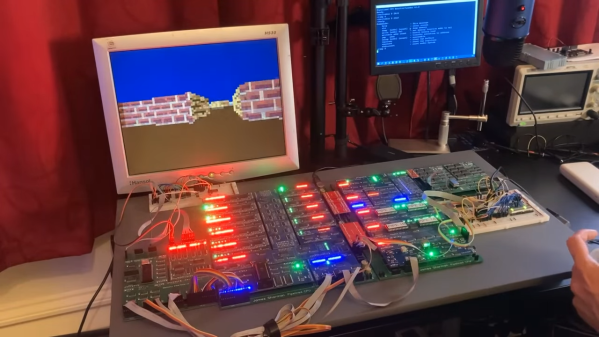The PDP-11, the Altair 8800, and the IMSAI 8080 were some of the heroes of the computer revolution, and they have something in common — front panel switches, and a lot of them. You probably have a fuzzy idea about those switches, maybe from reading Levy’s Hackers, where the painful process of toggling in programs is briefly described. But how exactly does it work? Well thanks to [Dave Plummer] of Dave’s Garage, now we have a handy tutorial. The exact computer in question is a reproduction of the IMSAI 8080, the computer made famous by a young Matthew Broderick in Wargames. [Dave] managed to score the reproduction and a viewer saved him the time of assembly.
The example program is a Larson Scanner, AKA making an strip of lights push a pulse of light across the strip. [Dave] starts with the Assembly code, a scant 11 lines, and runs it through an assembler available online. That gives us machine code, but there’s no hex keypad for input, so we need those in 8-bit binary bytes. To actually program the machine, you set the address switches to your start-of-program location, and the data switches to your first byte. The “deposit” switch sets that byte, while the “deposit next” switch increments the address and then stores the value. It means you don’t have to key in an address for each instruction, just the data. Get to the end of the program, confirm the address is set to the start, and flick run. Hope you toggled everything in correctly. If so, you’re rewarded with a friendly scanner so reminiscent of 80s TV shows. Stick around after the break to see the demonstration!
Continue reading “Bootstrapping The Old Fashioned Way”

